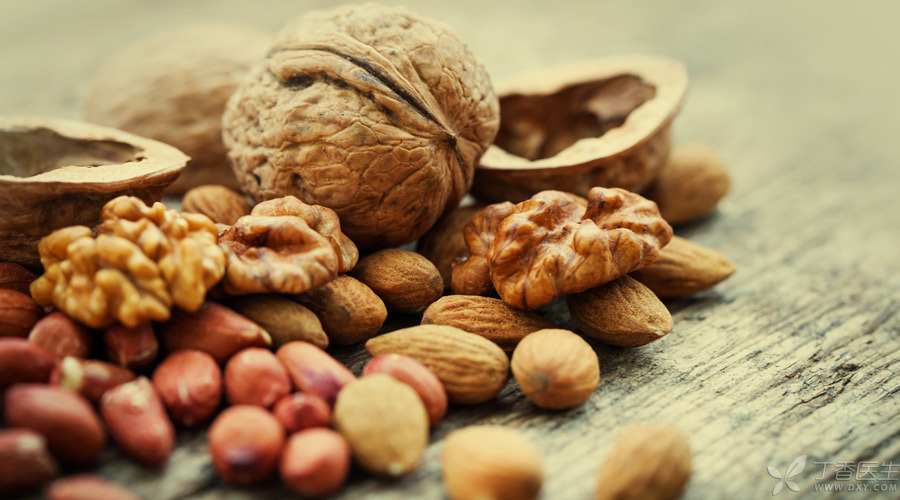
In the snack world, nuts are often praised as [the healthiest snack].
However, high fat, high calorie… also worries many people.
Do you want nuts or not? How to eat nuts?
This time, there are pictures and the truth.
Do you want to eat? Of course!
The reason is simple and sufficient:
- Although nut fat content is high, most of them are unsaturated fat (good fat); The protein content is not low. Dietary fiber is also its strong point. It is rich in vitamin E and B vitamins (especially B1), and the contents of calcium, magnesium and potassium in minerals are especially prominent.
Because nuts have such [connotation], epidemiological evidence has shown that eating nuts can reduce the risk of cardiovascular diseases, hypertension and colon cancer in women.
Of course, there must be a premise: the total calorie intake will not increase.
If you eat nuts and gain weight, these health benefits will disappear.
What are the nuts?
Nuts usually refer to seed foods rich in oil and fat, which are generally divided into two categories:
- Tree nuts: such as almonds, cashews, hazelnuts, walnuts, pistachios and Hawaiian fruits; Seeds: such as peanuts, sunflower seeds and pumpkin seeds.
Generally speaking, the fat content in nuts is relatively high, about 46% ~ 76%, but there is a [special case]-chestnut.
According to botanical classification, chestnuts do belong to tree nuts, but according to nutritional composition, 70% of dried chestnuts are carbohydrates, similar to grain potatoes.
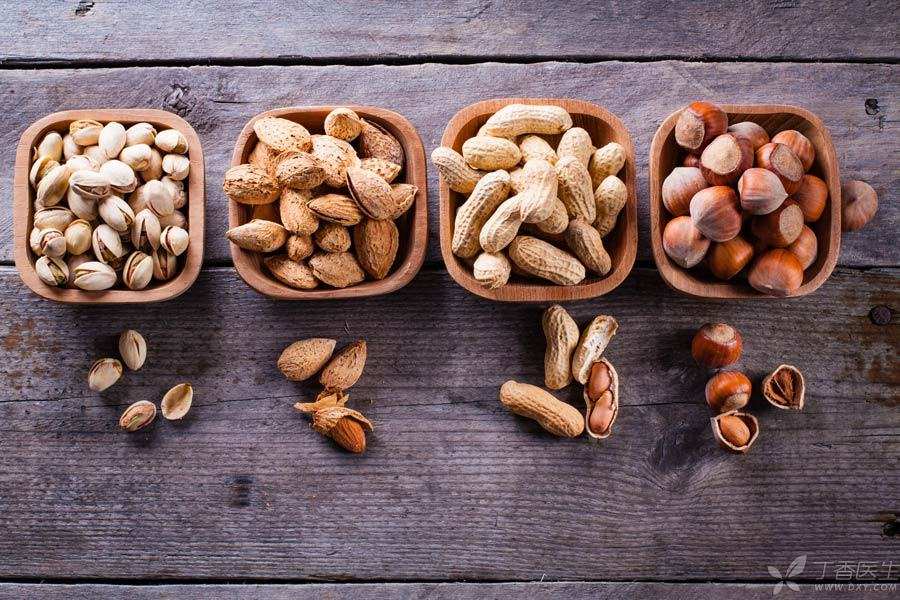
How about what nuts?
In fact, there is no saying that “which nut must be better”. Different nuts have their own advantages in nutrition, such as:
Pine nuts and almond are the most abundant dietary fiber.
Pistachios, Bigan and Hawaiian fruits have excellent vitamin B1 content.
Almond has obvious advantages in vitamin B2 content, which is several times that of other nuts.
Pistachios, pine nuts and almond are rich in vitamin E.
Dr. Clove’s advice is: all kinds of nuts should be eaten with or in exchange.
However, if you want to lose weight, from the perspective of fat and calories, cashew nuts, almonds, pecans and pistachios are recommended.
Their protein content is relatively high, ranging from 17% to 21%, and their fat and calorie contents are at medium and low levels in nuts.
As for Hawaiian fruits, Bigroot fruits and pine nuts, fat and calories are the [best] among nuts. If you mind, you’d better avoid them.
Although nuts are good, don’t be greedy.
Although nuts are nutritious, their calories are unambiguous. If you knock off half a bag of melon seeds casually, you may eat the calories of a meal.
The latest dietary guidelines for Chinese residents recommend eating 50-70g of nuts (excluding shells) per week, with an average of 10g per day.
How do I know what 10 grams is? Do you carry your weight with you? ! !
This time we have a picture and the truth. Let’s see how many 30 grams of nuts (enough to eat for three days) are.
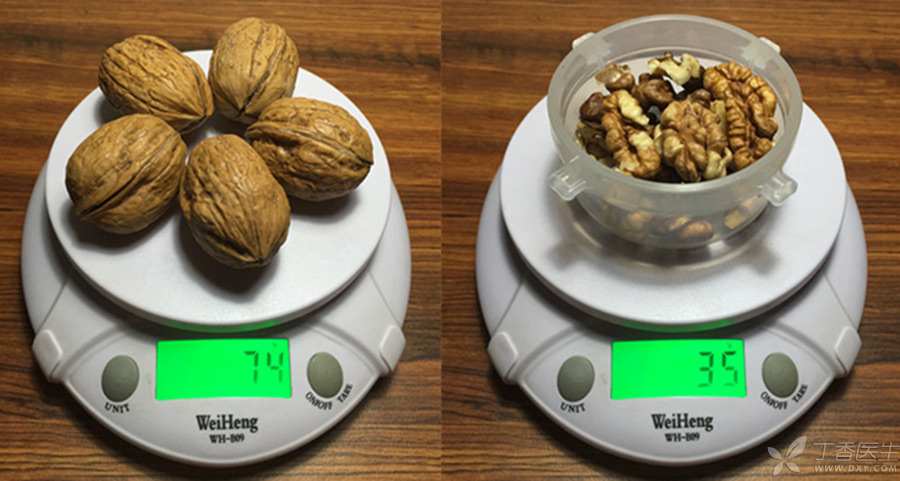
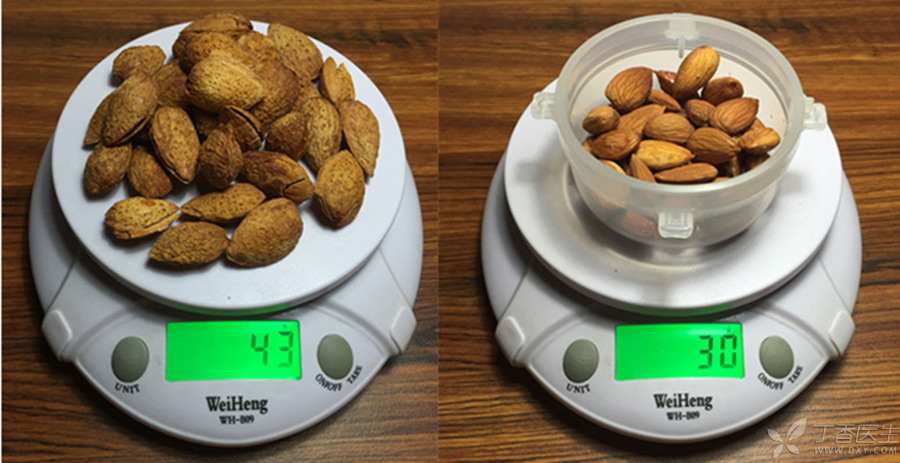
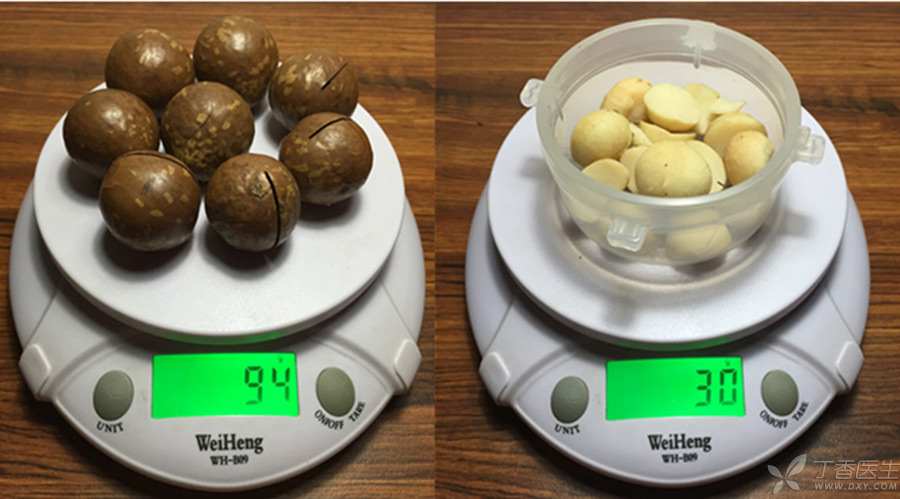
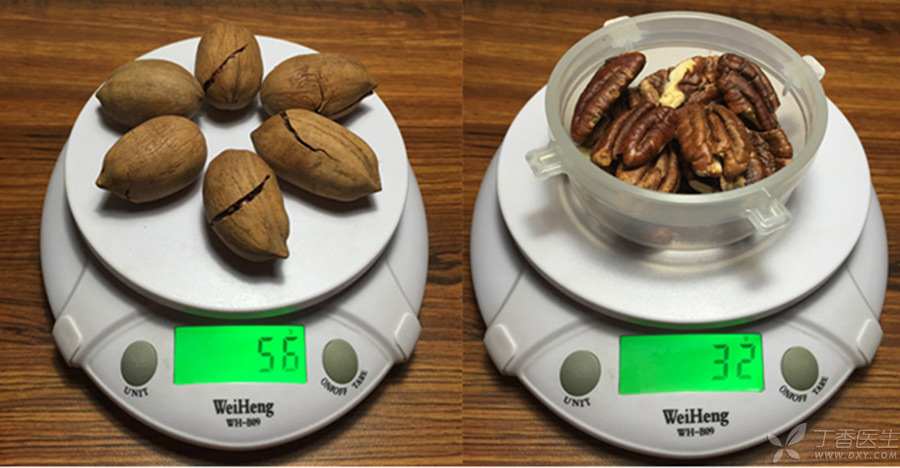
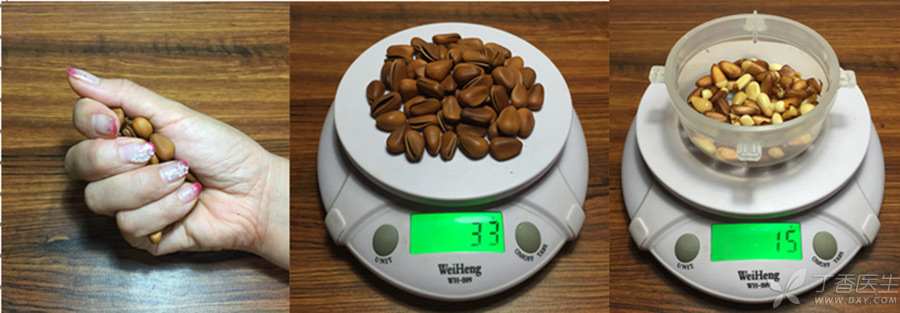
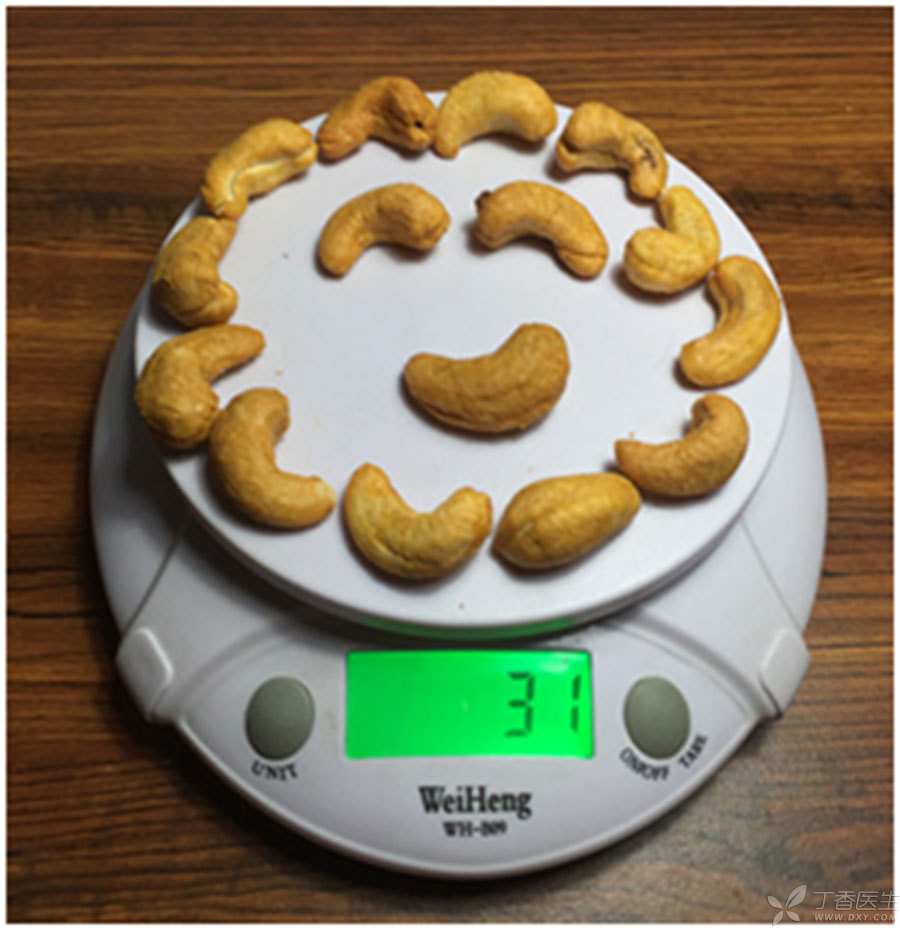
Of course, if you like nuts very much, you must eat them [satisfying], and it is no problem to eat them occasionally, but other meals will be light and less oily.
Finally, here are some tips for eating nuts
1. It is recommended to buy original nuts that are not seasoned.
Most seasoning processed nuts have too much salt and sugar, and they are easy to induce you to eat too much. Amber walnuts, honey almonds from what, take it easy to buy them…
2. It is recommended to buy nuts without or partially open shells.
Nuts are rich in unsaturated fat, and nuts with completely open shells are easy to oxidize when exposed to air. Moreover, experiments have shown that nuts with shells help control food intake.
3. In addition to eating directly as snacks, you can also eat food and rice.
For example, [celery cashew nuts], and for example, making nuts with miscellaneous beans and coarse grains into miscellaneous cereal rice and miscellaneous cereal porridge are all good ways to eat nuts.
